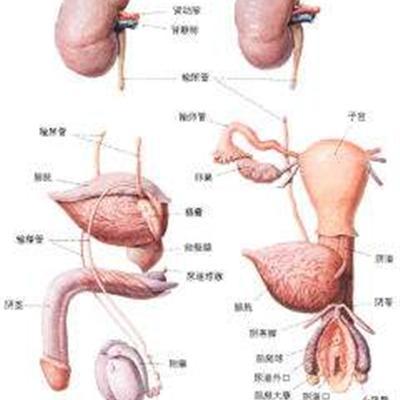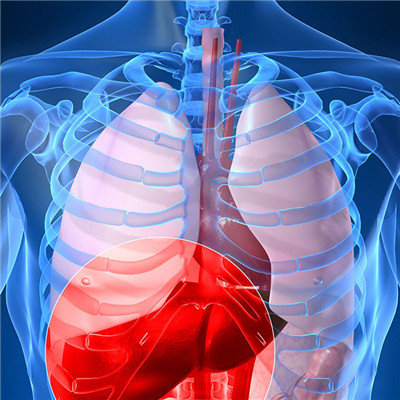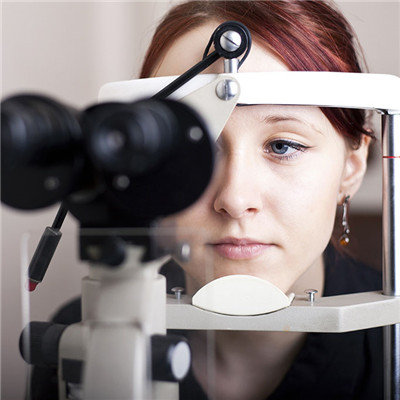The cause of mediastinal cyst?
summary
Mediastinal cyst is a terrible disease in our daily life, but now many people will suffer from mediastinal cyst. Mediastinal abscess will have a great impact on the life of patients. Patients should actively cooperate with the treatment and choose appropriate treatment methods to alleviate the disease, so as to avoid delaying the treatment, Causes the quite serious complication, then mediastinal cyst reason?
The cause of mediastinal cyst?
Tracheobronchial cyst tracheobronchial cyst is the most common type of mediastinal congenital dysplastic cyst, accounting for 40% - 50%. Most of the tracheobronchial cysts occurred on the 26th to 40th day after conception. Mediastinal mass was more common in the early cases, and pulmonary mass was more common in the late cases. Some cases were also found in the diaphragm or under the diaphragm. According to the location of mediastinal tracheobronchial cysts, they can be divided into 5 groups: paratracheal, pericarina, hilar, paraesophageal and other parts. Most of them are located around carina, and most of them are pedicled with the large airway. Cysts located around the protuberance are prone to cause clinical symptoms due to compression of adjacent tissues.

Esophageal cysts esophageal cysts originated from the embryonic foregut, which is the result of the failure to form a normal lumen during the development of the esophagus. Gastrointestinal cysts are rare. There are several theoretical explanations for its origin, most of which are due to the incomplete separation of endoderm and notochord in early embryo. The lining cells of gastrointestinal cysts include gastric mucosal epithelial cells, small intestinal epithelial cells and ciliated columnar epithelial cells, among which gastric mucosal epithelial cells can have secretory function, leading to peptic ulcer.

Most of pericardial cysts are congenital diseases. In some cases, pericardial cysts may occur many years after acute pericarditis. Pericardial cysts are usually fusiform or oval, with thin wall and clear or grass yellow fluid. The wall of the cyst is covered by a single layer of flat or columnar cells, and the cell morphology is very similar to mesothelial cells.

matters needing attention
Most of them are caused by congenital dysplasia, such as tracheobronchial cysts from trachea or bronchial bud, gastric cysts and gastrointestinal cysts from foregut bud, pericardial cysts and cystic lymphangiomas caused by mesodermal dysplasia. This kind of dysplastic cyst does not have malignant transformation; In addition, mediastinal cysts include parasitic cysts, hematoma cysts and pancreatic pseudocysts.













